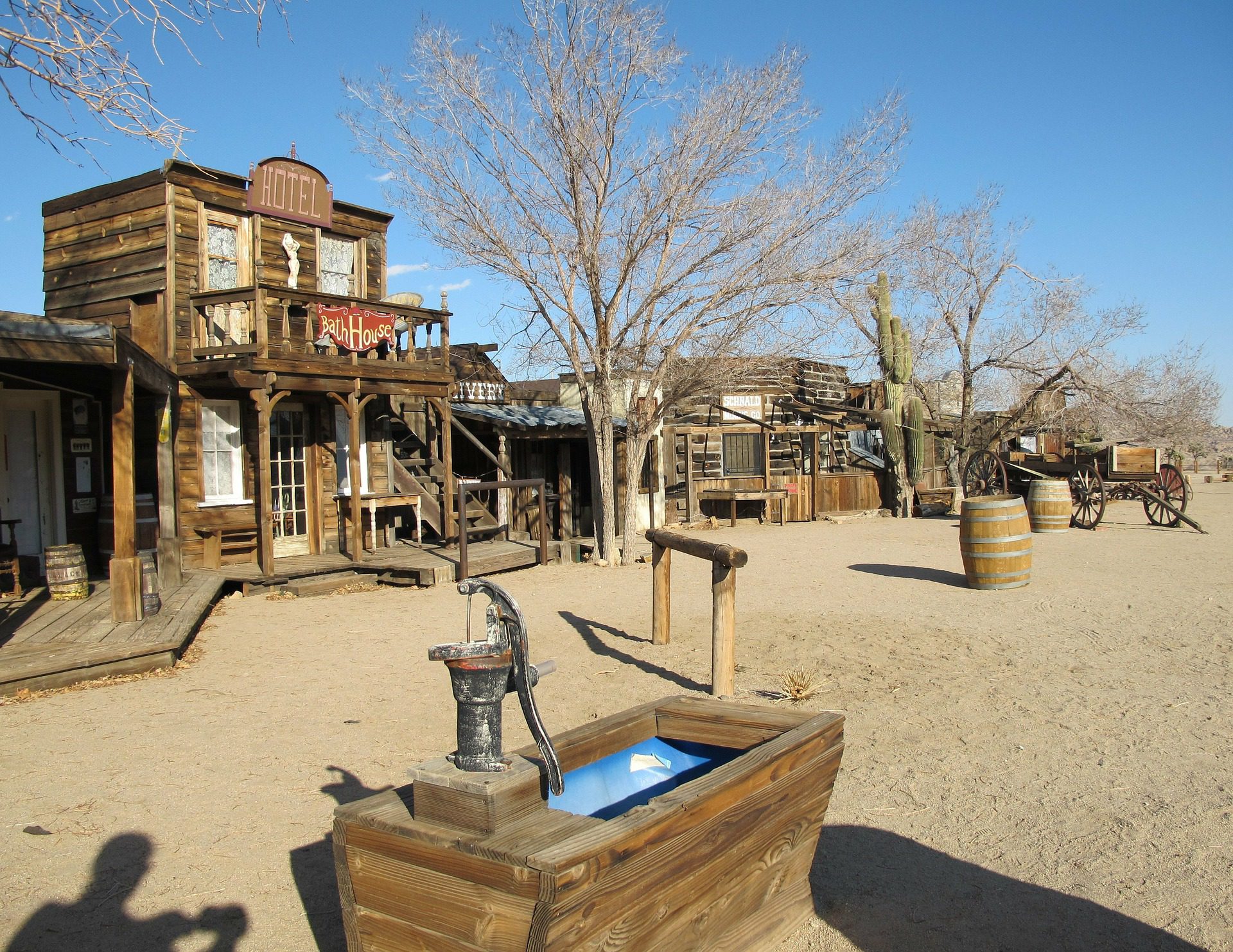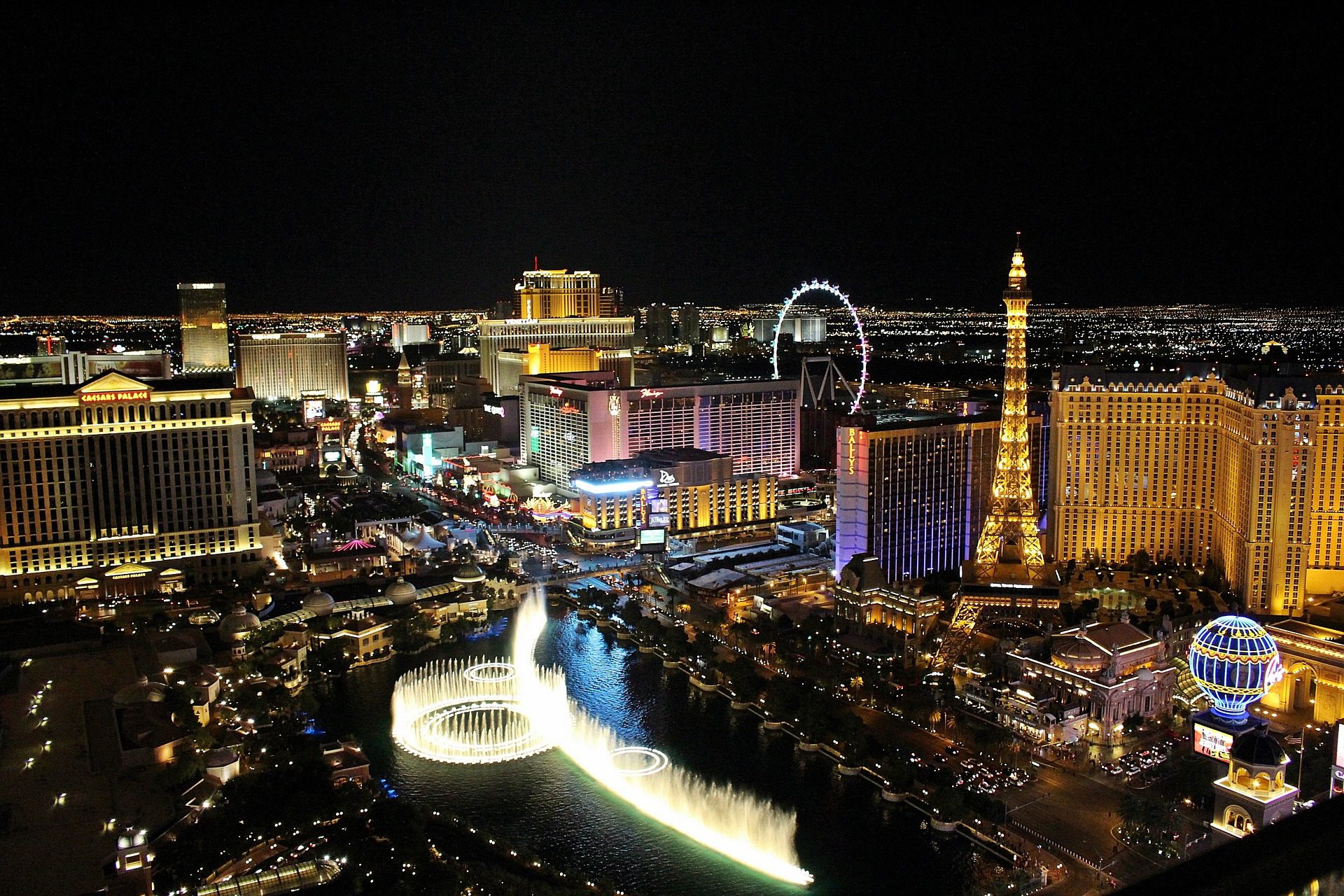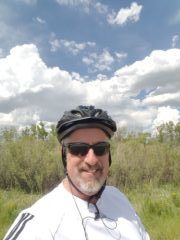(Editor’s note: I am doing some minor housecleaning to my blog. Mostly I am updating the focus on several of the pages that you see at the top of the blog. My writing has improved a bit since I started MrVintageMan and I felt that there needed to be some improvements. However, I don’t want to lose my older writing, so I am converting these pages to posts for posterity)
 Over the past 10 years or so I have become something of student of the American West. Not just the “Old West”, that legendary time of cowboys and Indians, gunfighters, iron-horses and Manifest Destiny. But also the really Old West, the pre-historic West of the Anasazi (now commonly known as the Ancestral Puebloans), the Hohokam and the Athabaskan. I’m also interested in the Modern West, especially in water issues and the changing Western culture from being predominately agriculture and mining based to leading the world in hi-tech and medical technology
Over the past 10 years or so I have become something of student of the American West. Not just the “Old West”, that legendary time of cowboys and Indians, gunfighters, iron-horses and Manifest Destiny. But also the really Old West, the pre-historic West of the Anasazi (now commonly known as the Ancestral Puebloans), the Hohokam and the Athabaskan. I’m also interested in the Modern West, especially in water issues and the changing Western culture from being predominately agriculture and mining based to leading the world in hi-tech and medical technology
But how does one define the region we call the American West? Where does the West begin? What separates the Pre-historical West from Old West; and Old West from the Modern West? There’s no concrete answer to these questions, but I’ll be happy to share my two-cents.
There are several places that could be said to be the gateway to the West. Perhaps the mighty Mississippi river is where the West begins; or maybe it’s Council Bluffs, Iowa where most of the pioneers began their westward migration to distant California and Oregon.
It is my opinion that the American West begins at the 100th meridian (middle school refresher: meridians are the lines that go from pole to pole). The 100th meridian is roughly where the twenty-inch isohyet occurs. East of the meridian gets over twenty inches of precipitation annually and agriculture can occur without man-made intervention. The majority of the area west of the meridian gets less than twenty inches of precipitation annually, so agriculture and human development require extensive irrigation (population density drops to less than 18 people per square mile west of the meridian). As Westerners know too well, he who controls the water, controls everything!

Las Vegas, a man-made oasis in an arid desert environment
As for when the different eras of the West begin and end, that also is entirely subjective. My view is that the Lewis and Clark expedition separates Pre-historical West from the Old West. Obviously, Native Americans were here long before the Europeans. But Lewis and Clark extensively documented the West, and more importantly, released their findings to the rest of the world. Thus “pre-history” gave way to history.
The divide between “Old West” and “Modern West” is generally considered by most historians to be the year 1890. That was the year the U.S. Census Bureau declared the frontier was closed because there was no longer a discernable frontier line in the  western United States, nor were there any large tracts of land untouched by settlement.
western United States, nor were there any large tracts of land untouched by settlement.
Below are some resources for those that might be interested in learning about this fascinating region and its history, but don’t know where to start. I have included books, television shows and websites that you might find edifying.
BOOKS
Pre-historical West
- House of Rain by Craig Childs
- The Four Corners by Kenneth Brown
Old West
- Undaunted Courage by Stephen Ambrose
- Nothing Like it in the World by Dee Brown
- Soldiers West by Paul Andrew Hutton
- Best of the West by Tony Hillerman
- Bury My Heart at Wounded Knee by Dee Brown
- The Old West by Time-Life Book
- 100th Meridian by Wallace Stenger
- The Last Gunfight by Jeff Guinn
Modern West
- Cadillac Desert by Marc Reisner
- Desert Solitaire by Edward Abbey
- Oregon Trail by Rinker Buck
- Worst Hard Time by Timothy Egan
- Dead Run by Dan Schultz
TELEVISION
- The Real West hosted by Kenny Rogers
- The Gunslingers on American History Channel
- The West by Ken Burns (not one of my favorite, but it is informative)
WEBSITES AND MAGAZINES
- http://thewest.harpweek.com/
- http://www.americansouthwest.net/
- http://westernwriters.org/
- http://besthistorysites.net/american-history/westward-expansion/
- True West magazine
- Colorado Life magazine
- Arizona Highways magazine

